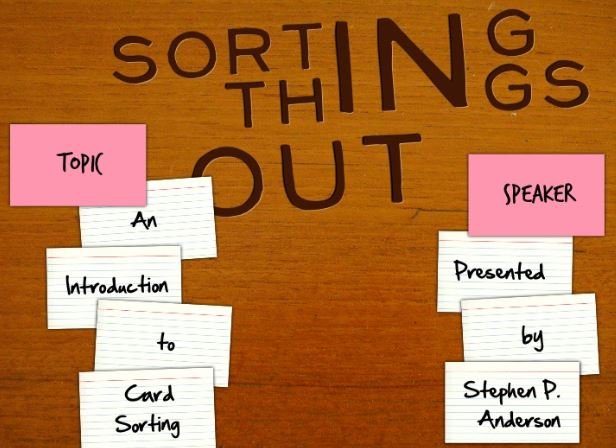Ordering people, places and things
Today's reading focused on the way we sort things out - how we constantly classify, categorise and order things, often using particular standards. I'm still reading the introduction because the book is full of such rich, new and complex ideas that are also unfamiliar so must be absorbed slowly. The authors also draw on Foucault's 'The Order of Things' and how an archaeological-style dig is needed to get at the source and consequences of the way we order things and then come to see these systems as natural; what can be included and what excluded; who becomes the expert and who not; and then how these systems draw links to other things.
So we have related HIV and rape, seeing rape as a path of infection. From that we have then gone on to select and then organise responses accordingly. One consequence of this is the way services have increasingly been organised around health facilities; this is where the specialised response is now located. Not sure why the NPA picked hospitals as the site for the TCCs but the choice has been perfect in terms of HIV services. The Global Fund grant brought large numbers of NGOs into the facilities but made them do other things - first HIV testing and counselling, now TB screening and termination of pregnancy. This is about clustering things that look like they belong together. One consequence of this form of organisation has been the neglect of services that do not fall within the TCC category.
Now we have another form of classification: high HIV-infection area. This we then bombard with things we think will bring down infection rates: PrEP, PEP and lots and lots of behaviour change programming. This we link to evidence - even when there is no evidence for at least one of the programmes. We create a new category: Adolescent Girls and Young Women (AGYW) who are the targets - objects? - of all this activity. If you're a target you're probably an object, rather than a subject. You're also a potential site of infection. Now averting infection with HIV is laudable. So, in its way, is saving lives (here's another category; potential life to be saved). These are very moral, or virtuous, ways of classing actions (now that's my very own realisation!). Yet such virtuous aims cancel out other potentially virtuous actions directed towards those who are not as 'risky' - whether as a category or geography. Post-rape care is instrumental; it prevents HIV-infection. If it can't do that, then it's of no value. This is an ethical choice with material force: organisations lose funding, staff become unemployed, and some rape patients get inferior services.
There's a second consequence of categorising feminine subjects in terms of risk. Prevention cancels out prevalence. Prevalence, that is existing HIV-infection is highest among women 35 - 39 but they're not a focus in comparison to 15 - 24 year olds where the incidence of infection is higher (I need to clarify). This seems like a version of identifiable versus statistical lives; once you're infected, too bad.
The chains of logic being created here are also interesting. They work from the assumption that the gendered norms that result in GBV also result in HIV infection. Yet the programs supposedly altering gendered norms and, as a consequence, reducing HIV and GBV, don't produce those results; they have no effect on HIV - although they might reduce GBV. However, they also increase women's problem drinking (according to one paper), while the other study suggests they increase unwanted pregnancies and transactional sex. So we suppress and gloss over the negative findings in order to focus on success.
Well, still fumbling around in thinking this out.
